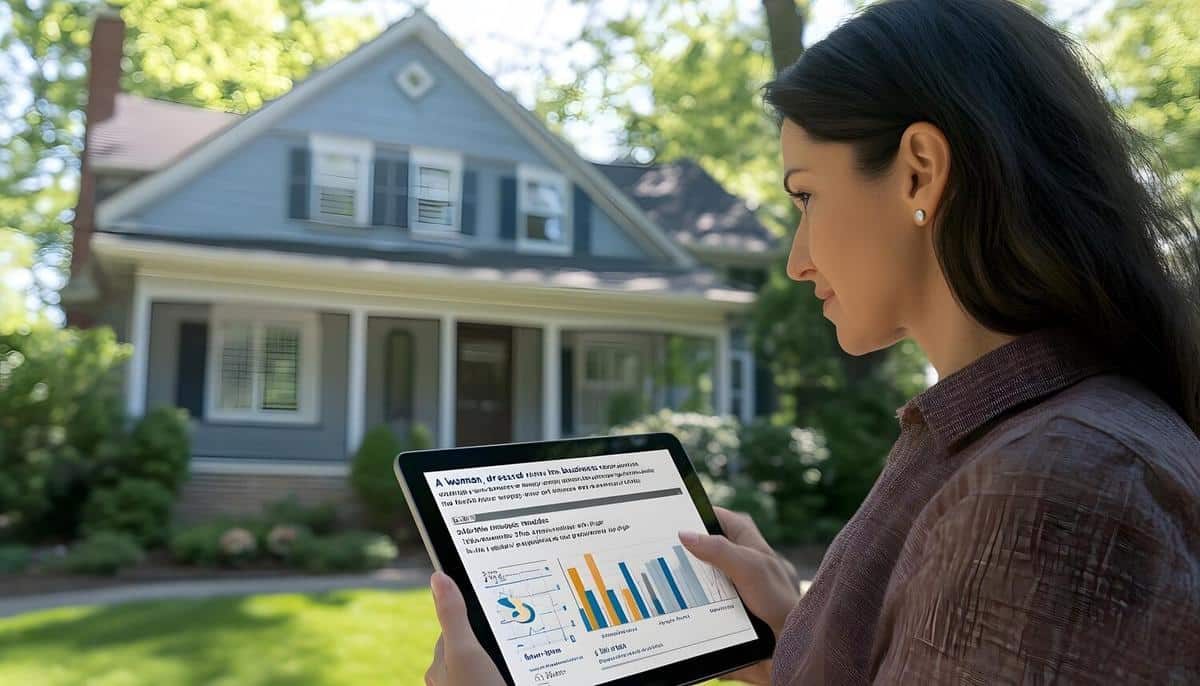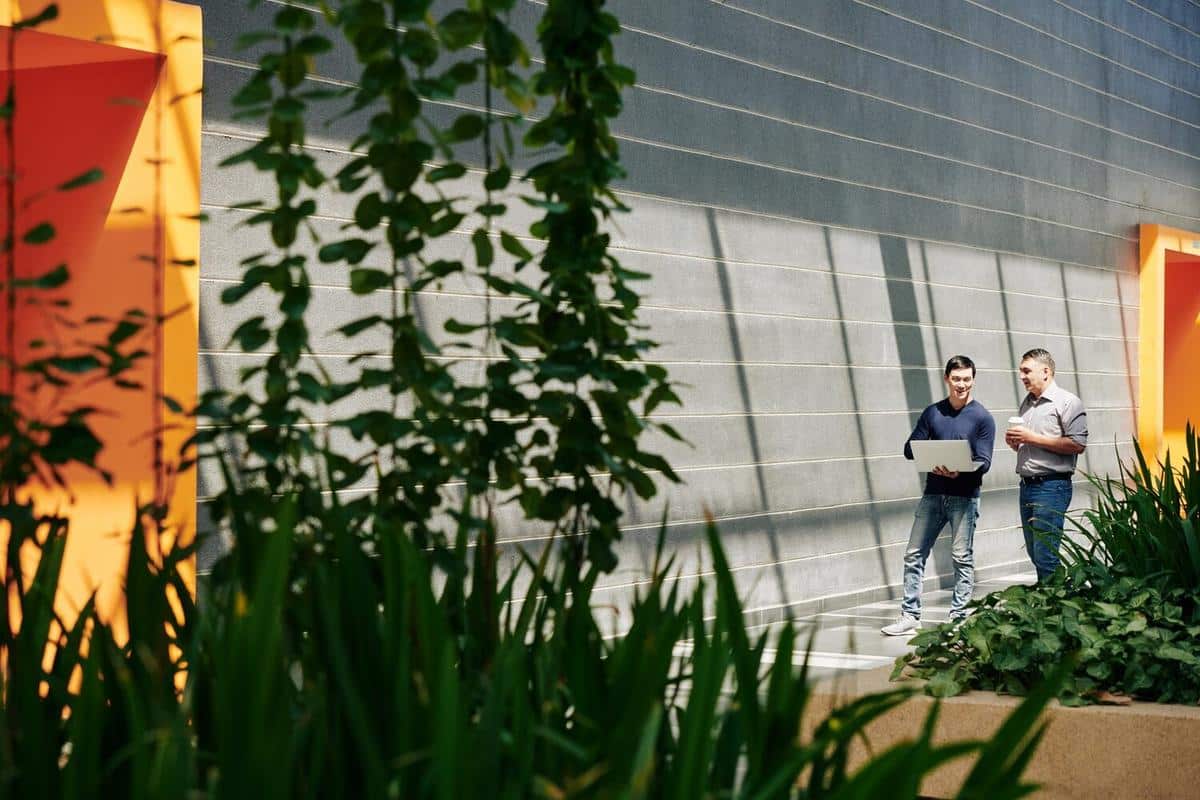
Assessing Property Value: Key Factors to Consider
Understanding the factors that influence property value is crucial for any real estate investor looking to make informed decisions. Whether you’re a seasoned investor or new to the world of real estate, knowing what impacts property value can provide a competitive edge and help maximize your investment returns.
Understanding Property Value
Property value isn’t just a number; it’s a reflection of various factors that come together to determine what a property is worth. This valuation is essential for buying, selling, or refinancing a home and plays a significant role in real estate investment strategies.
Key Factors Influencing Property Value
- Location: The age-old real estate adage, ‘location, location, location,’ holds true. Properties in desirable areas with access to amenities, good schools, and transportation typically have higher values.
- Market Conditions: The current state of the real estate market can significantly impact property values. During a seller’s market, property values tend to rise due to high demand and limited supply.
- Property Size and Usable Space: Larger properties or those with more usable square footage generally have higher values. This includes both the interior and exterior spaces, like gardens and garages.
- Condition and Age: Well-maintained properties with modern features and updates often appraise higher than older, less maintained homes.
- Economic Factors: Interest rates, employment rates, and economic growth can influence property values by affecting buyers’ purchasing power.
Expert Insights
“Assessing property value is both an art and a science. It’s important to consider both quantitative data and qualitative aspects like neighborhood trends.” – Real Estate Analyst, Mark Thompson
Actionable Tips for Investors
- Stay informed about local market trends and economic indicators.
- Consider property upgrades that enhance value, like kitchen and bathroom remodels.
- Utilize professional appraisals to get accurate valuations.
Pro Tip: Regularly monitor neighborhood developments and zoning changes that could impact property values in your area.
Example: The Impact of Location
Imagine a property located near a newly developed commercial district. The increased accessibility to shops and services can boost its value. Conversely, if a neighborhood sees a rise in crime rates, this could negatively affect property values.
Comparison Table: Factors Affecting Property Value
| Factor | Positive Influence | Negative Influence |
|---|---|---|
| Location | Proximity to amenities | High crime rates |
| Market Conditions | Seller’s market | Buyer’s market |
| Property Size | Large usable space | Limited square footage |
| Condition | Modern updates | Outdated features |
| Economic Factors | Low interest rates | High unemployment |
Frequently Asked Questions
How do interest rates affect property value?
Lower interest rates make borrowing cheaper, often increasing buyer demand and property values.
What is the role of a property appraisal?
An appraisal provides an objective estimate of a property’s current market value, crucial for buying, selling, or refinancing.
Conclusion
Assessing property value involves understanding a complex mix of factors. By staying informed and considering expert advice, investors can make strategic decisions that enhance their real estate portfolios. As you navigate the real estate market, keep these key factors in mind to maximize your investment outcomes.


